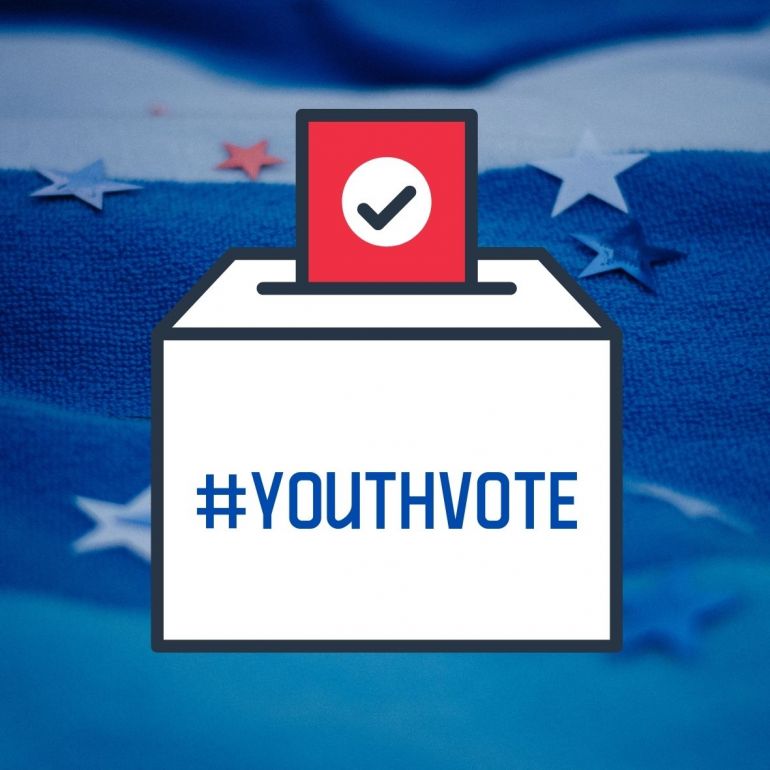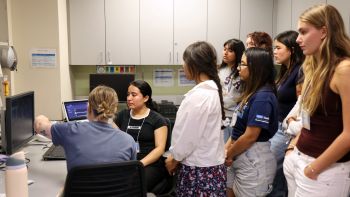There is much still to be analyzed, written, and certified regarding the 2020 presidential election, but this much is clear: the youth vote mattered.
It appears that turnout among 18- to 29-year-olds was higher than in 2016, representing 50 to 52 percent of voting-eligible young people, from 42 to 44 percent in 2016. In Arizona, Georgia, Michigan, and Pennsylvania, youth votes for Biden were more than Biden’s total lead in those states. In Georgia, the Black youth alone was more than the lead the president-elect currently holds.
A few weeks ago, I talked to Professor Laura Wray-Lake about young voters’ involvement in this election. Dr. Wray-Lake studies youth civic engagement at UCLA. Even in the face of under-registration of 18- and 19-year-olds in some states compared to 2016, she indicated a couple of reasons that youth might turn out to vote this year.
“Young people do tend to be at the forefront of social movements in the country,” she said. “And this is a politically charged environment—which would be motivating. Racial justice issues would be motivating. These are push factors” (pushing young voters to the polls).
Dr. Wray-Lake has written about the factors that support that support youth civic engagement. Research shows that adolescents’ political interest and action are sparked by controversy and discussion, which this election had in droves. But does this election represent the future of youth voting? Although historic events like elections, national disasters, and social movements during our adolescent years can have life-long effects on political attitudes and behaviors, history has shown that the number of young voters tends to ebb and flow from election to election. For example, the youth vote dropped from 43 percent in the 1992 presidential election to less than a third in 1996 and 2000.
Here’s what Dr. Wray-Lake’s research says about how adults can continue to support youth civic engagement, at the polls and beyond:
Families can encourage dialogue and open conversation, asking questions such as: How do you feel about the election? and What are you thinking about different issues on the ballot? “Adolescents want to be heard and listened to as an equal, respected member of the family,” she says.
Educators can facilitate an open climate for deliberate conversation focused on policy issues. “Classroom discussions are so key to knowledge development, efficacy, interest, and action,” she says. “Spaces where young people can speak up and share their views are so important and lacking right now.”
Community organizations and school clubs can provide support and opportunities for youth to engage in their communities, beyond elections. “The activity of being engaged is one of the most important learning tools you can have,” she says. “It leads to reflection on one’s own opportunities or oppression, community advantages and disadvantages, and rethinking what careers they might do based on these experiences.”
The past few years have seen an impressive rise in the visibility of youth activism in the climate, gun safety, and Black Lives Matter movements. The future of our democracy depends on all of us working to ensure that this engagement isn’t just another bump in the graph.



